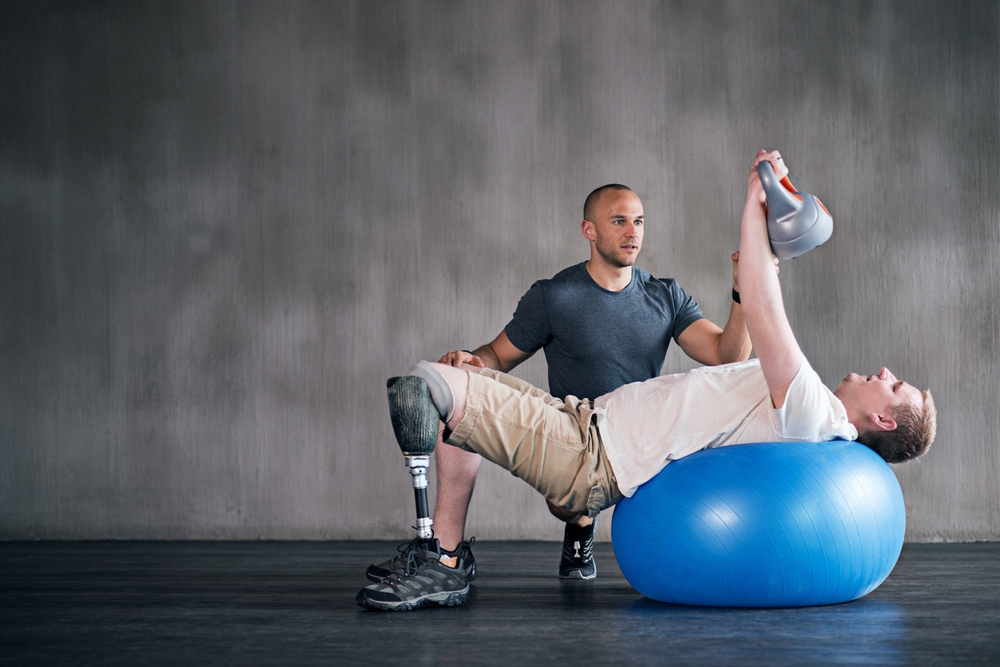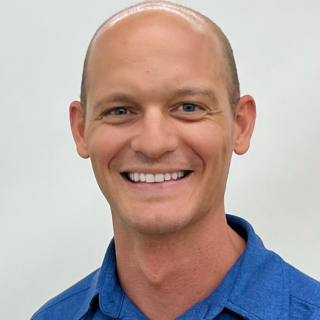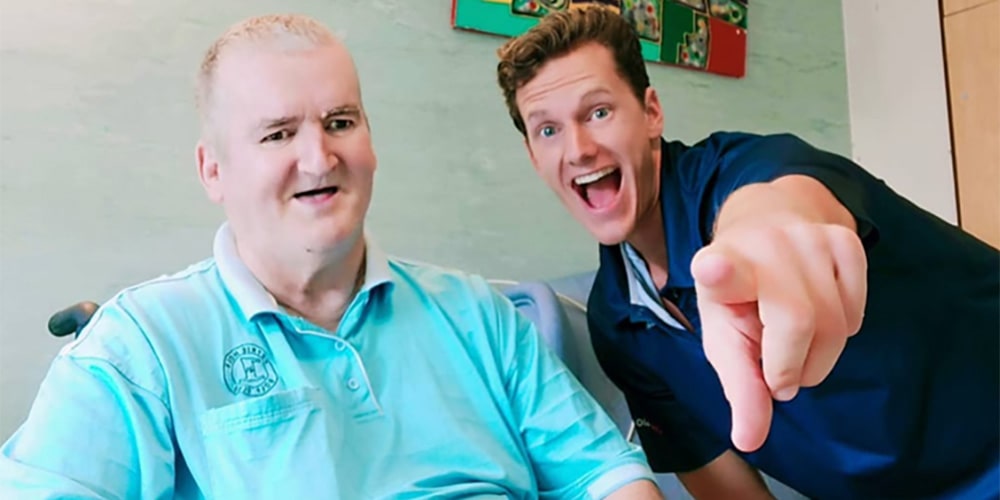Make an Appointment
As a Women’s Health Physiotherapist, one of the most common concerns I hear from mums and pregnant women is how to reduce the risk of developing abdominal separation or how to recover from it. In this Part 1 article, you’ll find out what is “normal” and “not-normal” abdominal separation, the risks of leaving it untreated, what to avoid to reduce the risk of getting it, and how to resolve it.
What actually is abdominal separation?
During pregnancy, the abdomen has to make room for growing baby, which means that the abdominal muscles have to stretch! Abdominal separation – also known as Diastasis Rectus Abdominus (DRA) - occurs when the linea alba between the rectus abdominus muscles separates more than “normal”.
The linea alba is the connective tissue that connects the rectus abdominus muscles (the 6 pack) into the midline of the tummy and once stretched can cause a bulging/doming appearance of the tummy.
But isn’t abdominal separation “normal”?
100% of women have some degree of separation during or immediately after pregnancy. So a small abdominal separation (2 finger width) is considered “normal”! A “normal" separation doesn’t bulge and allows you to function well without pain or discomfort.
Signs associated with “not-normal” abdominal separation:
- Belly bulge or doming appearance in the middle of tummy
- Feeling of “core” weakness
- Low back or pelvic pain
- Pelvic floor weakness or incontinence
What are the risks of leaving abdominal separation untreated?
It is important to retrain the abdominal wall to recover function in between pregnancies, not only for cosmetic purposes but to support the growing uterus, minimize associated musculoskeletal discomforts and prevent a worsening abdominal separation. Multiple pregnancies without recovery of abdominal muscles in between increases the risk for developing DRA due to repeated and prolonged stretch on the abdominal wall.
If you think you may have abdominal separation, whether you are pregnant or have just had your baby, Women’s Health Physiotherapy can determine which activities and exercises can help to increase strength and support, and which things you may need to limit and avoid.
What should I avoid to reduce the risk of developing abdominal separation?
Generally, through pregnancy and early postpartum it is best to avoid:
- Sit up type motions i.e. when getting out of bed (try rolling to the side and then pushing up as a safer alternative)
- Constipation and straining on the toilet
- Heavy lifting
- Crunches or sit ups
What can I do to resolve abdominal separation?
- Wear compression garments over the abdomen. A Women’s Health Physiotherapist can prescribe and provide tubigrip bandages or maternity compression garments.
- Practice good standing position. You should be upright and tall, with a small curve in your lower back. Try to reduce excessive sway in the lower back and try not to push your hips forward.
- Pelvic floor and specific abdominal exercises.
Stay tuned for the Part 2 article, where you’ll find great, safe core-exercises to get started after delivery and help reduce the symptoms and appearance of abdominal separation.
At Physio Inq Sutherland, we are ready to provide you with the advice, training, and garments to reduce the risk of abdominal separation in pregnancy, or help you mums recover; weakness and pain is not “normal” and you can do something about it! Contact us today for a Women’s Health Physio appointment in our private room.
Date Published: Friday, November 13, 2020
Date Modified: Tuesday, July 2, 2024
Locate a Womens Health Physiotherapy
Service Near me
Get the experience & convinence you deserve to support your or a loved one's allied health needs.
Our Womens Health Physiotherapy team are currently serving & taking appointments in the following states and regions in Australia:
Need to get into direct contact with ur Client Services team? We're all ears. Call our team directly on 1300 731 733








